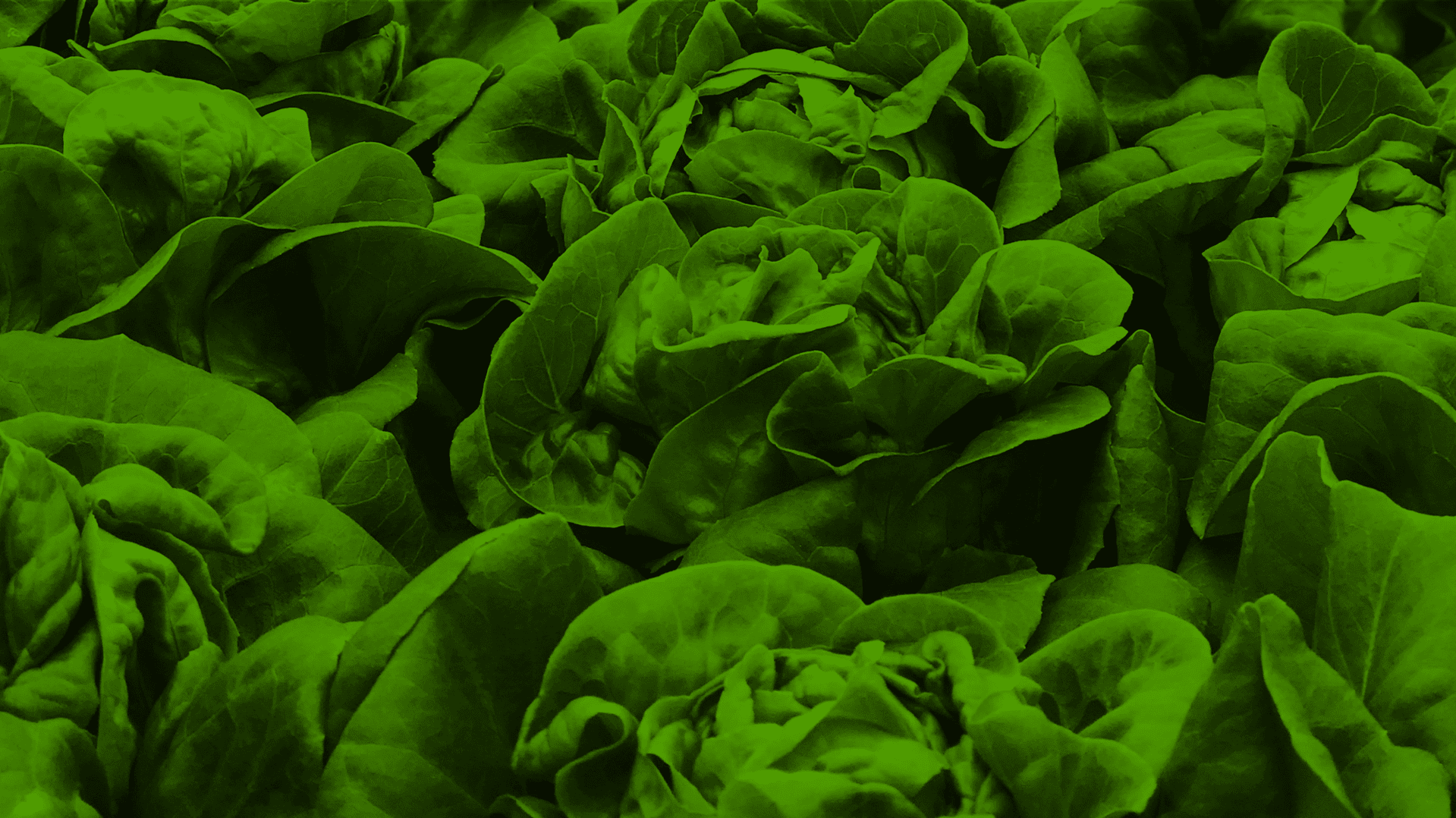
Everyone is a farmer
Our vertical hydroponic technology makes growing simple, efficient, and engaging. The Flex Farm fits just about anywhere indoors, requiring only 10-sq. ft. of space (about the size of a standard refrigerator).
The modular design of our technology gives you the flexibility to grow with a single unit or scale to a larger farming operation with multiple systems. Each farm can be customized to your unique environment and program needs.

Who We Serve
Own where your food comes from and provide access to sustainable produce for your community with indoor hydroponic farming. Educators, nonprofits leaders, food service professionals, chefs, entrepreneurs, healthcare providers, and more are discovering the power of hyperlocal fresh food and, together, they are a connected community of growers.
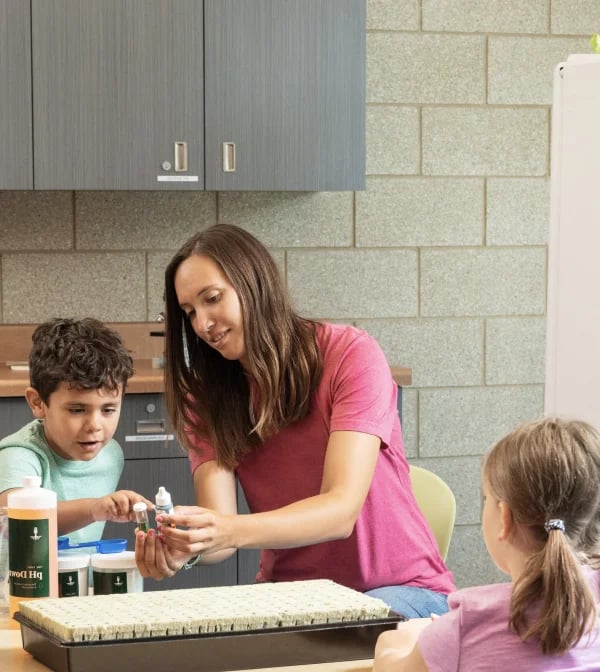
Learning Spaces
Growing hydroponically is a powerful teaching tool. Instructors in classrooms and community centers engage young minds in the process of growing their own fresh food. Kids learn about STEM, nutrition, and how to be a sustainable global citizen through hands-on learning. Growing fresh food provides a unique experience that sparks learners to think creatively about engaging with their communities and global food system.
Grow Student Engagement by Growing Fresh Food
Turn disengaged students into hungry learners and future changemakers
Fork Farms supports educators at all levels with learning resources, including:
K-12 curriculum aligned to Next Generation Science Standards
Short skill-building activities customizable to any learning setting
Supplemental activities such as student journals, coloring books, and more!

Receive a sample of our K-12 STEM curriculum. Full lesson plan package included free with every Flex Farm.
Receive a sample of our K-12 curriculum. Full curriculum package included free with every Flex Farm.
Food Service
Food service professionals in school districts, healthcare systems, and other cafeteria settings have taken control of their fresh food supply by growing with the Flex Farm. These partners utilize indoor growing to demonstrate their commitment to nutritious menus, sustainability initiatives, nutritional education, and community health.
Growing with the Flex Farm can help your food service program produce fresher, higher-quality produce while offsetting disrupted supply chains. Produce grown in the Flex Farm can last in a cooler up to 4 weeks when stored properly and be grown year-round in any climate.
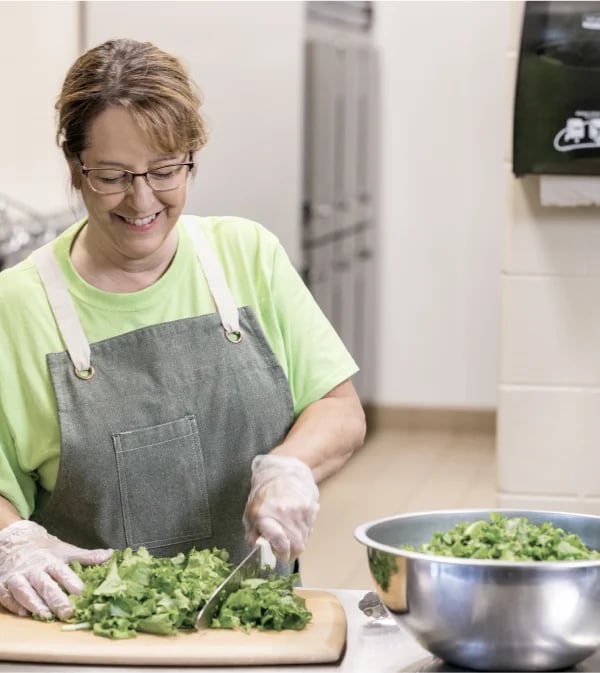
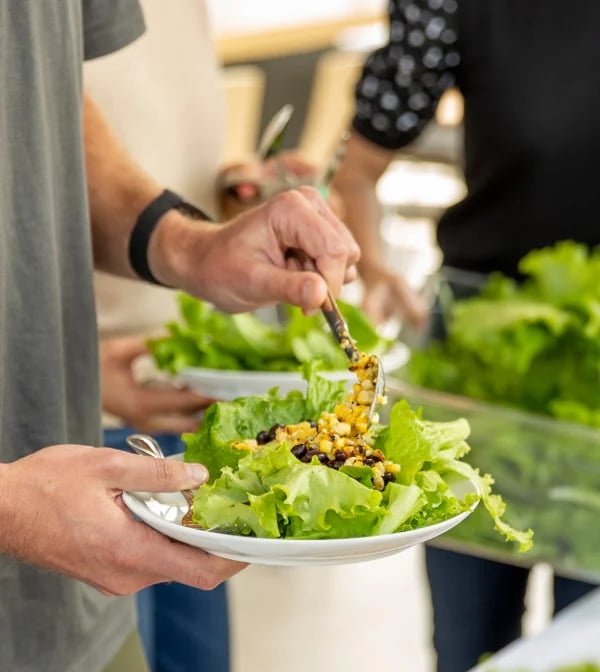
Hunger Relief
Hunger relief organizations are creating their own innovative source of fresh leafy greens and other produce through on-site hydroponic farms. Growing hydroponically in a food bank or pantry can guarantee a consistent supply of produce for clients with as little as 2 hours of maintenance per month.
Fork Farms provides volunteer checklists, food safety guides, and other growing resources to help hunger relief organizations realize their farming goals with limited staff and time. Beyond the benefits of fresh produce, an indoor farm can bring staff, volunteers and clients closer to the food that connects them as a community.
Commercial Growers
Fork Farms growers utilize large-scale Flex Farm operations to maximize their growing production and engagement opportunities. These commercial farming operations are found in all urban, suburban and rural settings, wherever there is an availability of indoor space.
These enterprises can combat food insecurity in any community. Growing operations exist as standalone entities or are used to support the activities of existing enterprises, such food banks or district food service providers. Beyond sustainable fresh food production, these farms provide the opportunity for community engagement, job and skill training, educational opportunities, supporting the local economy and more.
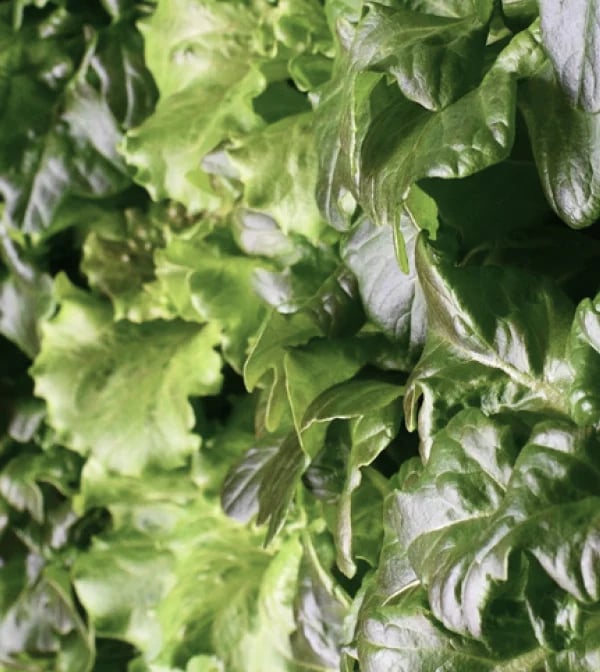

Healthcare + Community Health
Healthcare organizations are using hydroponics to grow fresh food within their dining spaces and accelerate community health initiatives.
Individual farms provide nutritious produce year-round, while also creating opportunities for engagement in settings like long-term care and senior living facilities.
Hospital systems and foundations have provided Flex Farms to multiple community partners in their regions to provide fresh produce through organizations like food banks, schools and shelters. These initiatives can be scaled to drive a long-term, sustainable, low-cost solution to make nutritious food available in both rural and urban settings.

Ready to change the way you grow food and connect with your community?
Our team is here to answer your questions and make your vision a reality.